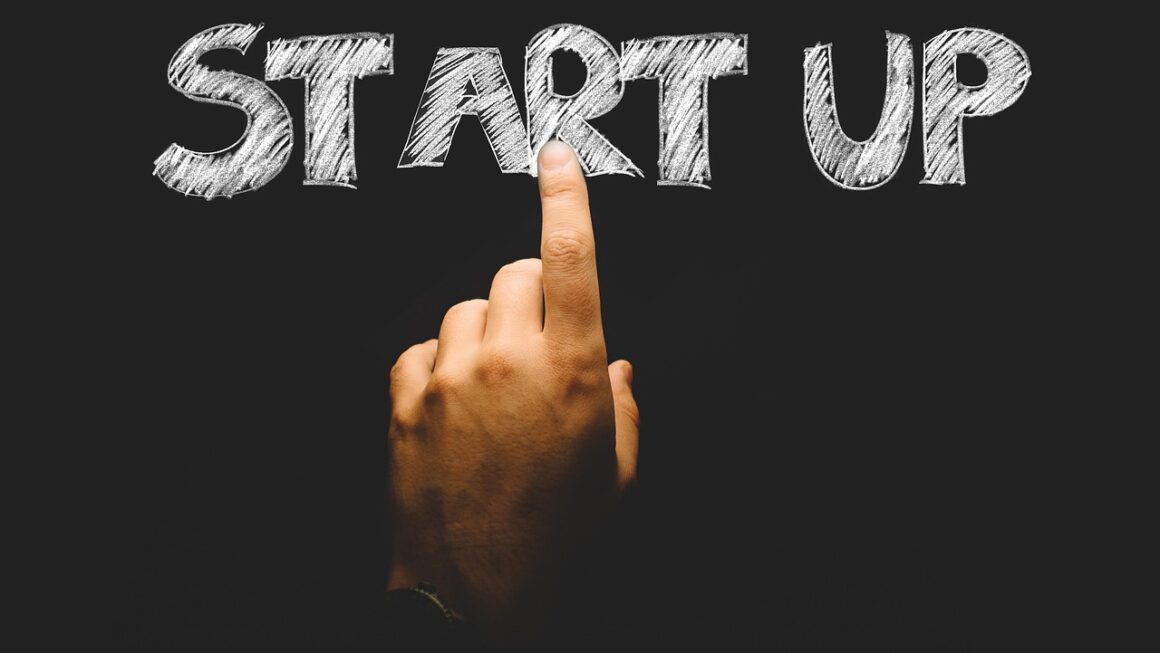E-readers have revolutionized the way we consume books. Ditching the weight of paper and offering access to vast digital libraries, these devices have become a staple for bookworms and casual readers alike. But with a plethora of models available, choosing the right e-reader can be daunting. This guide will navigate the world of e-readers, exploring their features, benefits, and which models might suit your reading style.
Why Choose an E-reader?
Portability and Convenience
One of the most compelling reasons to choose an e-reader is its unparalleled portability. Imagine carrying hundreds, even thousands, of books in a single device that weighs less than a paperback. This is the reality with e-readers.
- Travel-Friendly: Perfect for commutes, vacations, or even just moving from room to room.
- Lightweight Design: Significantly lighter than carrying multiple physical books.
- Instant Access: Download new books anytime, anywhere with Wi-Fi connectivity.
For example, instead of lugging heavy textbooks to class, students can load them all onto an e-reader, saving both space and back strain.
Cost Savings on Books
While the initial investment in an e-reader might seem significant, the long-term cost savings on books can be substantial. E-books are often cheaper than their physical counterparts due to lower production and distribution costs.
- Lower E-book Prices: E-books are frequently discounted compared to print editions.
- Free E-books: Many classic books are available for free in e-book format.
- Subscription Services: Services like Kindle Unlimited offer access to a vast library for a monthly fee.
Consider this: purchasing 10 e-books a year at an average of $5 less than their print counterparts could save you $50 annually. Over several years, these savings add up considerably.
Enhanced Reading Experience
Modern e-readers offer features designed to enhance the reading experience, making it more customizable and accessible.
- Adjustable Font Size and Style: Customize the text to suit your visual preferences.
- Built-in Dictionary: Instantly look up unfamiliar words without interrupting your reading flow.
- Backlighting: Read comfortably in low-light conditions or even in complete darkness.
- Note-Taking and Highlighting: Mark passages and add notes directly within the e-book.
For readers with visual impairments, the ability to adjust font size and contrast can be a game-changer, making reading more enjoyable and accessible.
Key Features to Consider
Screen Technology: E-Ink vs. LCD
The screen technology is arguably the most important feature to consider when choosing an e-reader. The two main types are E-Ink and LCD.
- E-Ink: Mimics the appearance of ink on paper, providing a comfortable reading experience that is easy on the eyes.
- Pros: Excellent readability in direct sunlight, low power consumption, eye-friendly.
- Cons: Slower refresh rate, typically black and white.
- LCD: Offers vibrant colors and faster refresh rates, making it suitable for multimedia content.
- Pros: Color display, faster refresh rate, supports videos and images.
- Cons: More strain on the eyes, shorter battery life, glare in direct sunlight.
For dedicated reading, E-Ink is generally preferred. If you plan to read graphic novels or magazines, an LCD tablet may be a better choice, but be aware of the potential for eye strain.
Storage Capacity and File Formats
The amount of storage capacity determines how many e-books you can store on your device. Compatibility with different file formats ensures you can access a wider range of content.
- Storage Capacity: Ranging from 8GB to 32GB or more, consider how many books you plan to keep on your device. 8GB can typically store thousands of books.
- File Format Support: Common formats include:
- EPUB: Widely used format supported by most e-readers.
- MOBI: Primarily used by Kindle devices.
- PDF: Useful for documents and textbooks.
- TXT: Simple text format.
If you plan to read a lot of PDF documents, ensure the e-reader supports PDF reflow, which optimizes the text for the screen size, making it easier to read.
Connectivity and Ecosystem
Connectivity options and the e-reader’s ecosystem influence how easily you can access and manage your e-books.
- Wi-Fi: Essential for downloading books, browsing online stores, and syncing with cloud services.
- Cellular Connectivity (Optional): Some e-readers offer cellular connectivity, allowing you to download books even without Wi-Fi.
- Ecosystem: Consider the e-book store associated with the e-reader. Kindle devices are linked to the Amazon Kindle Store, while Kobo devices connect to the Kobo Bookstore.
If you’re already invested in the Amazon ecosystem, a Kindle device might be the most convenient choice. If you prefer a more open ecosystem, a Kobo e-reader could be a better fit.
Popular E-reader Models
Amazon Kindle
Amazon’s Kindle line offers a variety of e-readers to suit different budgets and needs. The Kindle Paperwhite is a popular choice, offering a balance of features and affordability.
- Kindle Paperwhite: Features a high-resolution E-Ink display, adjustable warm light, and waterproof design.
- Kindle Oasis: A premium option with an ergonomic design, physical page-turn buttons, and a larger display.
- Kindle (Basic): An entry-level option that provides a basic reading experience at an affordable price.
Kobo
Kobo e-readers are known for their open ecosystem and support for multiple file formats. The Kobo Libra 2 and Kobo Clara 2E are popular choices.
- Kobo Libra 2: Features an ergonomic design, physical page-turn buttons, and a larger display.
- Kobo Clara 2E: Made with recycled plastic and features a waterproof design and ComfortLight PRO technology.
- Kobo Sage: Supports stylus input for note-taking and comes with a larger display.
Other Brands
While Amazon and Kobo dominate the market, other brands offer unique e-reader options.
- PocketBook: Offers a range of e-readers with various features, including color E-Ink displays.
- Boox: Specializes in larger E-Ink tablets that can be used for reading, note-taking, and even drawing.
Conclusion
Choosing the right e-reader depends on your individual needs and preferences. Consider factors such as screen technology, storage capacity, file format support, and ecosystem when making your decision. Whether you prioritize portability, affordability, or advanced features, there’s an e-reader out there that’s perfect for you. By carefully evaluating your reading habits and comparing different models, you can find an e-reader that will enhance your reading experience and bring the joy of reading to your fingertips.




